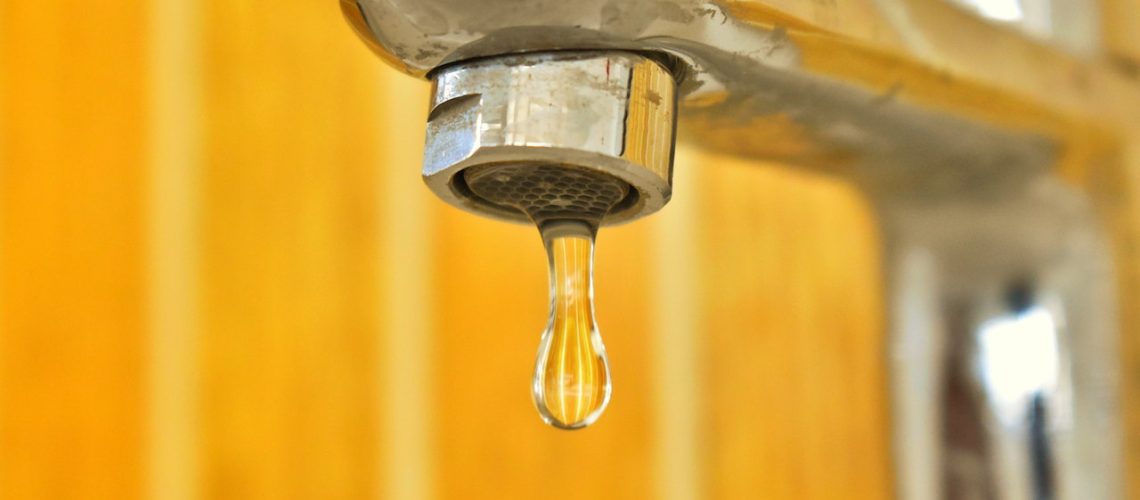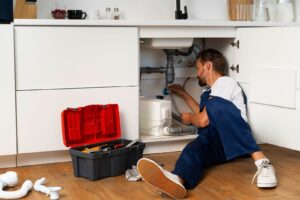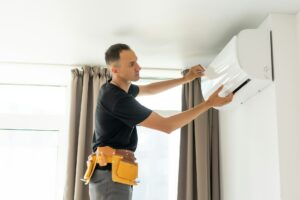Menu

6 of the Most Common Causes of Low Water Pressure in Taps
Plumbing matters in any residential or commercial building because it brings clean water for daily use. For this reason, every homeowner or building manager is responsible for ensuring a building’s plumbing system is working correctly. However, one can only do so much through monitoring, and the plumbing system can still experience issues such as low pressure, particularly in faucets.
Low water pressure in faucets is one of the most common plumbing problems, but the good news is that it’s relatively easy to fix. However, one must still know what causes them, especially since failure to diagnose the root cause may lead to further problems, such as damage to other parts of the plumbing system. Few people know what causes low water pressure in faucets, so we’ll discuss the details in this article. These include:
#1 – Broken or Damaged Faucet
The first thing you need to check when you notice low water pressure in your faucets is the condition of the faucet itself. The tap may be already broken, or there’s something wrong with the pipes connecting the faucet to the plumbing system.
For instance, a loose connection between the faucet and the plumbing system may be causing the water pressure problem. In this case, you need to tighten the connection and see if that fixes the problem. If not, you need to call a professional plumber to check the faucet and the entire plumbing system.
#2 – Clogged Pipes
If the faucets are in good condition, the next thing you need to check is the pipes. Clogged pipes are one of the most common reasons taps experience low water pressure, preventing water from flowing freely through the entire plumbing system.
To check the pipes, you can turn on the faucets one by one and see if the water pressure is low. If the water pressure is low in all the taps, the problem is likely in the pipes.
#3 – Clogged Aerator Screen
The aerator screen is what prevents dirt, sediment, and other small particles from getting into your water. If the aerator screen is clogged, water can’t flow through it properly and will cause your water pressure to drop.
To clean the aerator screen, remove it from the faucet and soak it in vinegar for a few hours. Then, scrub it with a toothbrush to remove any sediment that’s stuck to it.
#4 – Blocked Faucet Cartridge
The faucet cartridge is located inside the handle and controls the water flow. If the cartridge is blocked, it can cause your water pressure to drop. The best way to clean your faucet cartridge is to remove the faucet itself and let the water run. When doing this, you should have a bowl on top of the cartridge because it will be like a fountain. You’ll also need an extra pair of hands to turn up the water supply from below.
#5 – Incorrect Pipe Size
A plumbing system’s pipes should be appropriately sized to ensure ample water goes out of a faucet. If a pipe is too small, it’s likely to break because of the immense pressure. Conversely, a bigger pipe lowers water pressure because there’s extra space that the water occupies when there shouldn’t be any. If this is the case, you may need to replace your pipes.
#6 – Closed or Partially-Open Shut-off Valve
A shut-off valve allows water to flow through the pipes at your home’s water supply line and is used to turn the water on and off. A partially open shut-off valve will reduce your water pressure, while a completely closed shut-off valve will prevent water from flowing. This fix may be simple, but many homeowners and building managers are often dumbfounded upon seeing that their worries can be fixed by doing nothing more than looking at the shut-off valve.
Conclusion
Low water pressure in faucets is a problem that can be addressed in several ways. Whether you fix it yourself or hire a plumber, it will require effort, time, and money. All that matters is getting your faucet’s issues fixed so that you and everyone else can have clean water.
Bromac provides top-quality plumbing services for residential and commercial buildings. We understand how stressful plumbing issues can be, so our emergency services are available 24/7 to ensure these issues are resolved. Call 604-360-2710 today and allow us to help you!


